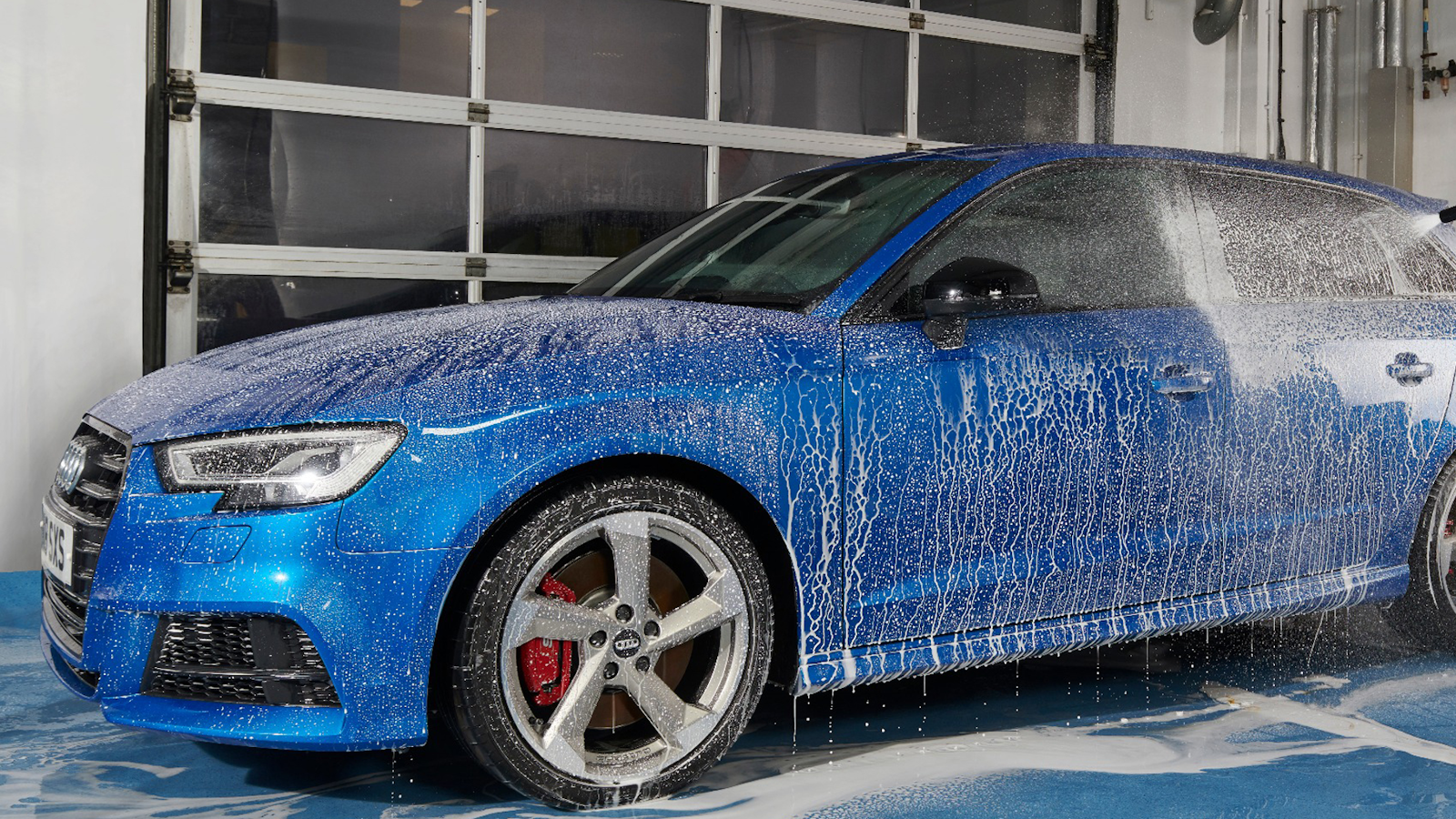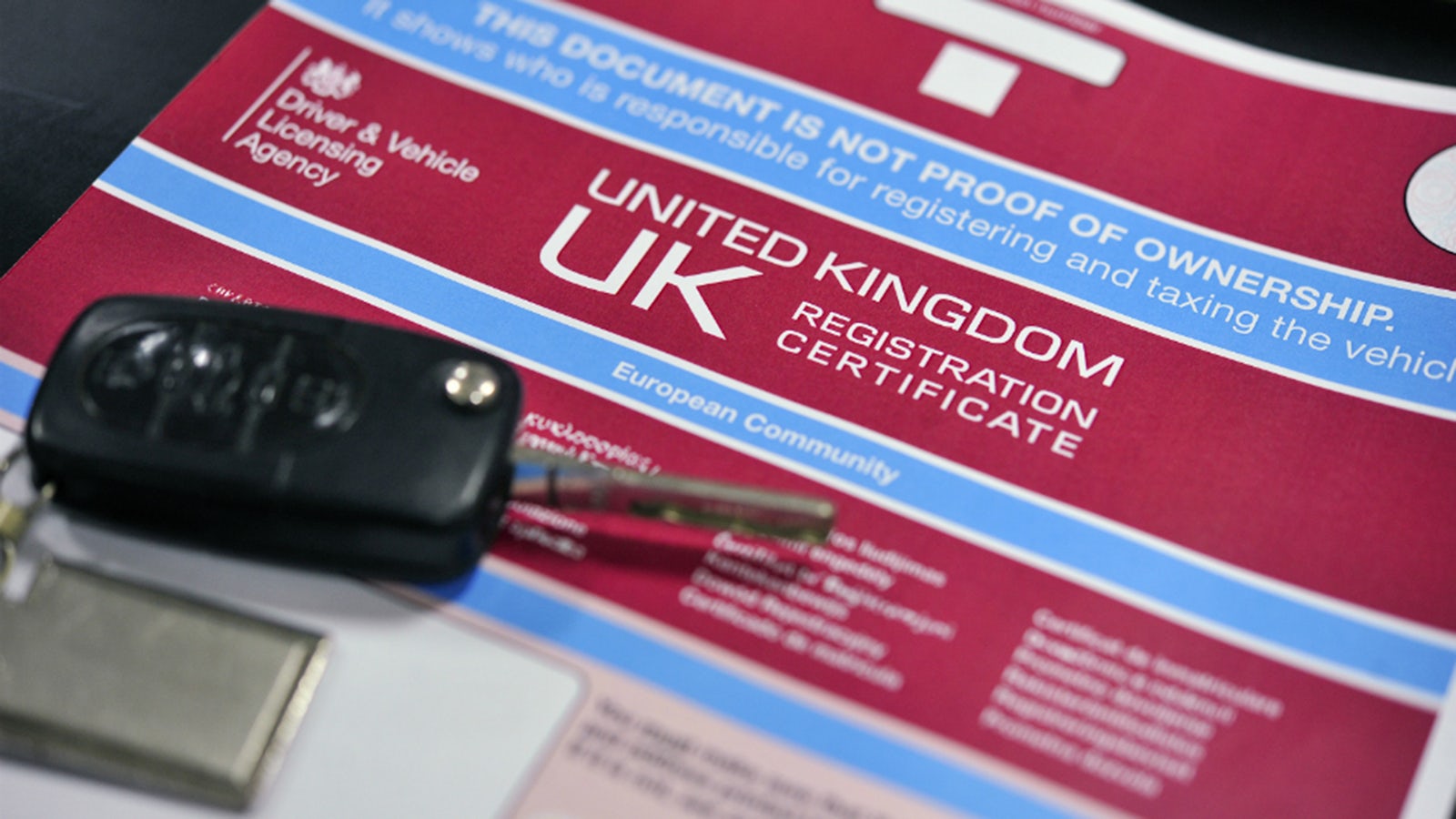What happens at the end of a car lease?
April 25, 2022 by John Tallodi

Car leasing is easy and convenient, and so too is the process of handing it back once you reach the end of your agreement. In most cases, when your lease is over the finance company comes to collect the car from you, as long as you have met the leasing conditions there is nothing extra to pay.
However, there are some things to be aware of if you have damaged the vehicle or exceeded the mileage allowance. This handy guide will go over these eventualities and more to ensure that the handover is as seamless as possible.
When will the car be collected?
Most leasing companies will contact you before the expiry date to arrange collection. But do not take for granted that yours will. If the date is looming and you have not been contacted, get in touch with the company yourself – some expect you to do so anyway.

It always pays to keep a record of exactly when your lease car was delivered. You can easily add the lease period to that date to work out when the car will go back and mark the day on your calendar.
If you have lost track of the return date, you should contact the company immediately. You do not want to get caught out and miss the date if it is your responsibility to arrange collection, as you could incur penalty charges.

The procedure for arranging collection should be detailed in your leasing contract. If you are in any doubt, contact the leasing company.
In most cases you will need to provide the leasing company with your contact details, the vehicle’s registration number, collection address and preferred time of collection.
How do I prepare for the car to be collected?
Your leasing company should tell you what you need to do before the car is collected. As a rule of thumb, you should:
- Gather together all the paperwork for the car, including the V5C registration document, servicing/repair invoices, handbooks and service books
- Find the spare keys
- Refit any items you have removed from the car as such the luggage area cover, Isofix mounting covers, storage area covers, umbrellas, ice scrapers etc
- Clean the car inside and out – preferably have this done by a professional valet service
While the leasing company doesn’t expect to get the car back in ‘as-new’ condition, it can often be tricky to work out what the accepted levels of wear and tear are.

This is where the British Vehicle Rental and Leasing Association (BVRLA) fair wear and tear guidelines come in handy. Your leasing company should be able to provide you with this guideline which will then help you prepare the vehicle for collection.
The guideline on the website states: ‘Fair wear and tear occurs when normal usage causes deterioration to a vehicle. It is not to be confused with damage which occurs as a result of a specific event or series of events such as impact, inappropriate stowing of items, harsh-treatment, negligent acts or omissions.’

More specifically, everything in the vehicle should be working perfectly, and aside from normal wear that is expected over the course of the lease there should be no damage to the bodywork, interior or accessories.
The tyres don’t have to be new, but they should show even wear across the tread and have a legal amount of tread depth left. There should be no odours or stains in the interior and any modifications carried out should be removed before collection.
During the collection procedure a representative from the collection company should check and verify the vehicle’s condition with you before taking it away.
What happens when the car is collected?
At the appointed time, a driver will arrive to collect the car. They will check all the paperwork is in order, that nothing is missing from the car and that the mileage is within the limit. They will then inspect the car for any damage and undue wear in detail. There will inevitably be some paperwork to fill out.

Any issues should be dealt with there and then. If everything is in order, the car will be driven away and your responsibility for it ends.
Some leasing companies send someone out to inspect the car prior to collection. You should be informed if this is the case.

Some companies will send a transporter truck to collect the car. If you believe access to the agreed collection location is too tight for a truck, inform the company. They will either just send a driver or ask that the location changes.
What happens if I have damaged my lease car?
You should inform both the leasing company and your insurer immediately. When taking out the policy you should inform your insurer that the car is leased, and which company has provided it. The company will likely have preferred body shops and will co-ordinate with your insurer to have the car repaired by one of them.

When the car is collected at the end of the lease, the driver will closely inspect the car for any paint scratches, windscreen chips, kerbed wheels, torn upholstery, broken clips, missing parts, heavily worn tyres, etc, etc.
If the car has been subject to an insurance claim or is returned in a poor condition – minus reasonable wear and tear – you will incur penalty charges. Remember that a central part of a leasing company’s business model is selling your car on for the highest possible price. Insurance markers and damage reduce a car’s second-hand value and, as the one who was responsible for the car, it falls to you to bridge the gap in value.
Can I contest damage charges?
Yes. If you believe that any damage found constitutes reasonable wear and tear, you are being charged for damage that did not exist when the car was collected, and/or that the penalty charges are excessive, you should take the matter up with the leasing company.
If they do not or refuse to resolve the matter to your satisfaction, you should contact the British Vehicle Rental and Leasing Association (BVRLA), which offers a dispute resolution service.

This service is called ADR or Alternative Dispute Resolution. It is an impartial body that assesses the grievances and complaints regarding an organisation or a business (the leasing company in this case) and tries to reach an equitable outcome for both parties. It is an alternative to going to court and you are able to use this service if you meet the following criteria:
- Your complaint relates to a BVRLA member
- The transaction took place in the UK
- You have received the member’s (leasing company’s) final decision on the matter.
You will need to contact the ADR within 12 months of receiving the member’s final response.
To better prepare yourself for a potential dispute you should take lots of photos of the car before handing it back – close-up shots of every part of the bodywork, wheels, engine bay, interior and even behind the fuel filler/charging port door.
Include detail shots of the main touchpoints like the door handles (inside and out), steering wheel, gear stick, pedals, seats, carpets, touchscreen and frequently used buttons. Don’t forget the tyre tread, either. You are building a cast-iron defence against any potentially erroneous damage charges.
What if I have exceeded my mileage limit?
A mileage limit is simply the maximum amount of distance that you and the leasing company have agreed on at the commencement of your lease. The higher the limit is the more you pay monthly.
Exceed the limit and you will incur penalty charges. Depending on the leasing company, it could be a few pence per mile, or as much as a whole pound. Going a long way over could easily cost thousands.

As with damage, exceeding the mileage limit reduces the car’s value and it falls to you to bridge the gap. On top of the penalty charge itself.
If you have underestimated the mileage you will cover, you should immediately inform the leasing company. Any reasonable company should be willing to increase your mileage limit but that will, of course, increase your monthly payments. If you unsure about how to proceed, you should contact the BVRLA.
Can I extend my lease?
It depends on the leasing company. Some will let you extend the lease (you will probably incur a charge for doing so), while some do not allow it at all. Contact the company to find out.
Can I return my lease car early?
Yes. However, you will have to settle any outstanding finance and termination fees for doing so. The exact amount will depend on how much you’ve paid off and what your early return agreement is with the leasing company.
The method in which you have leased your vehicle Personal contract purchase (PCP), Hire purchase (HP) or Personal contract hire (PCH) will have a bearing on what your options are.

Let’s assume you have leased your car through Personal contract hire (PCH). If you have paid off at least 50% of the total amount owed, you may be able to use an ‘early termination’ clause which would allow you to return the car with no further charges (as long as the rest of the leasing requirements have been met). If you still owe more than 50% of the total then you will have to make up the difference before you can make use of the early termination clause.
In many cases, the termination fees can be quite costly, so it may be worth contacting your finance provider to try and negotiate more favourable terms for your lease.
For a more comprehensive look at what your options are if you want to get out of a car lease early, take a look at our complete guide to selling a financed car.
What happens if I return my lease car late?
You will be charged an additional fee for a late return. The amount will depend on your specific leasing agreement and how long you have kept the car for beyond its original collection date.
The best way to avoid missing the return date is to set a reminder as soon as you collect the car at the beginning of the lease. Your leasing company should also get in touch with you before collection.
What if I want to lease another car from the same company?
Then do so. Every company loves a returning customer and leasing companies are no different. If you arrange the new lease before the current one expires, any company worth its salt should be able to have the person collecting your current car arrive with the new car.

If in doubt – assume nothing. If you unsure about anything regarding when and how your lease car will be returned, you should always refer to your lease contract and/or get in touch with the leasing company. Make sure you tell them if you need to change the collection time/location, as well.
If you wish to dispute any penalty charges, you should take the matter up with the leasing company in the first instance. If they fail or refuse to resolve the matter to your satisfaction, or you believe they are acting unreasonably, contact the BVLRA.

If you treat the car well and prepare properly, the returning process should be seamless and painless.
Car Change? Carwow!
Looking for a new set of wheels? With Carwow you can sell your car quickly and for a fair price – as well as find great offers on your next one. Whether you’re looking to buy a car brand new, are after something used or you want to explore car leasing options, Carwow is your one stop shop for new car deals.















